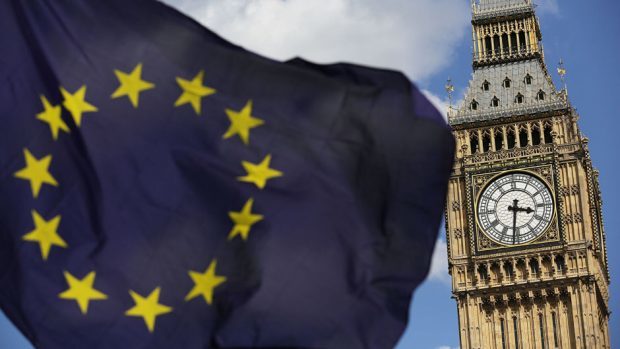The “Brexit boost” for agriculture caused by the weakening of sterling is predicted to lead to an increase in farm profits this year and next.
Industry business consultants Andersons estimates that farm incomes for the 2016 calendar year will be higher than those seen in 2015, and a further improvement is expected for 2017. However a tentative forecast for 2018 suggests a “weakening of returns”.
The company’s newly published Outlook for 2017 estimates that the UK’s aggregate farm profit for 2016 could increase by 12-15% compared to the provisional 2015 figure.
And for 2017 Andersons predicts total income from farming (TIFF) will rise by a further 15% compared to 2016, bringing it up to £4.9billion. The figures relate to Defra’s estimate of £3.77billion in 2015 which was the lowest figure in real terms since 2007.
The Outlook report states that while the harvest was less abundant and milk production decreased in response to low market prices, currency made a significant impact to agriculture. “In terms of prices the currency boost has been seen in many farming sectors – grains, beef, sheep, pigs and to a certain extent, milk. In other sectors such as poultry, some fruit and vegetables, trade plays less of a part in setting prices and the weaker sterling has produced less of an effect,” the report states.
“One obvious beneficiary has been Basic Payment Scheme (BPS) payments, with the change in the conversion rate adding around £350million directly to the TIFF figures.
“The downside is that imported cereals and soya has become more expensive, meaning prices for winter 2016-17 will not be as low as once thought, but they may still show a reduction on the previous winter.”
The report adds that while there has been a sizeable reduction in fertiliser prices throughout 2016, the effect of this is more likely to be seen in 2017 figures.
The key question, of course, is what will happen to currency in 2017 and if Brexit uncertainty will keep the pound weak.
Report contributor Richard King said: “Assuming a relatively weak currency at today’s levels then the 2017 year could result in another improvement in TIFF. Prices will be at higher levels for the entire year rather than just half of it, as was the case for 2016. The underlying market conditions also look favourable for continued price increases in sectors such as dairy and pigs.”
